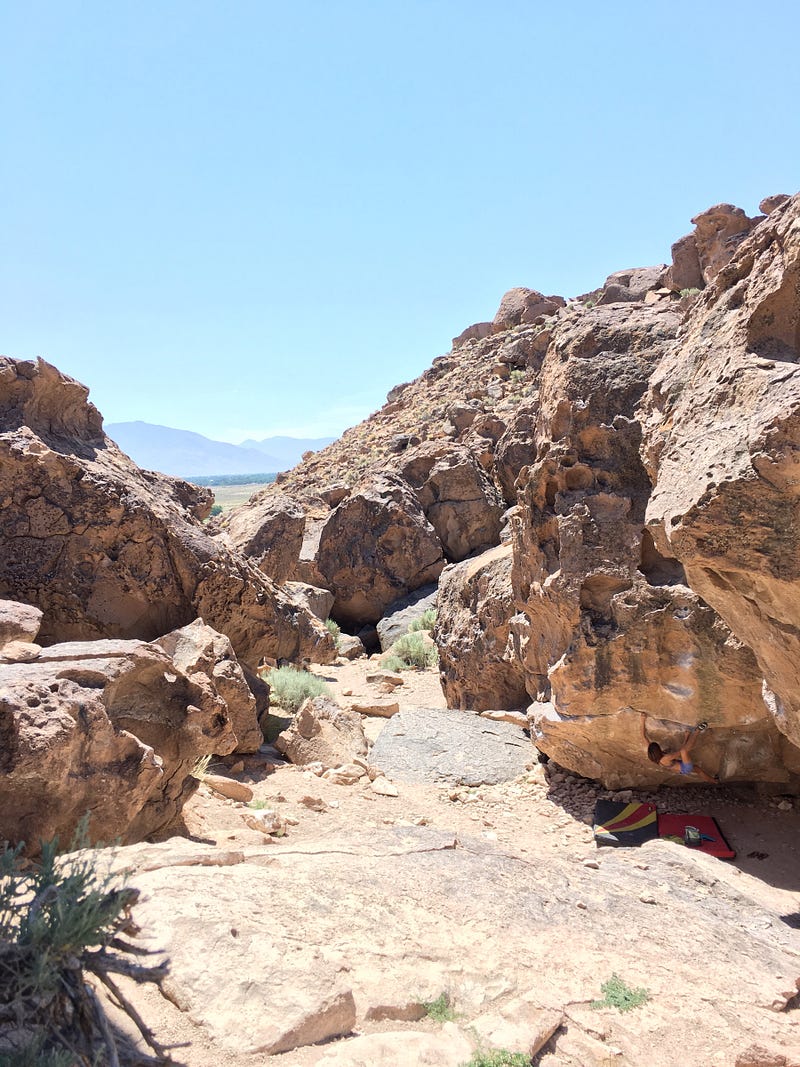Steelfingers training
May 12, 2014I've been working on the fingerboards recently and realised that I've picked up some systematic training that can be seen on Steelfingers.be. It's quite a good guide on the things we as climbers need to work on. Heres a few things that I've worked on so I'm gonna give my feedback on it!
1. Deadhangs or Repeaters
I worked on dead hangs because I wanted to improve on my finger strengths, and instead of going aggressively into intensive pullups on shit holds, I stepped back down into the basics. Basically its something that I did in NUS back then too, so this wasnt new to me. Whats new was the holds. You can choose to work on specific holds or work from big rungs to minute holds gradually. Work on about 8-10 sec deadhangs with about 3-5 sec rest in between for 6 reps. Rest 1 minute and then work on the next few sets. The difference between deadhangs and repeaters is the rest in between and that for deadhangs, we work directly on the fingers (less sets) while repeaters is working the pump (more sets). I sort of combined a little of both..
An example of my deadhang training sesh would be something like:
10 holds (sets) that decreased gradually to smaller pads, 6 reps each, rest 1 minute in between. Hang for 10 secs each rep.
I half crimp when im doing my dead hangs, something i'm experimenting with, compared to hanging open-handed. I keep my thumbs open and not tucked under my fingers too. I would say that hanging half crimp puts ALOT of strain on my joints and sadly i'm feeling the pain right now... But its made the deadhangs more stabilised (i.e. i can "engage" movement easily), especially if you start to add in pullups after the hangs. But my open hand seems to have deteriorated and I'm trying to start on finger pullups to see if it works! (See here!)
So im starting to work on single arm deadhangs and we'll see how it goes over the next few sessions!
2. Power encores
In other words, I call this locking. Locking is a different set of skills as compared to just being able to pull. For climbing we often require our arms to hold a lock or maintain a position to either change feet, move our bodies or stabilise ourselves.
It's helped me pretty much so far! And I've also started to work on different holds along with the locking. Theres alot of core work involved as well, in order to prevent yourself from swinging while on the lock.
Tip: try to tuck in ur hips instead of slacken the lower back. This will help in posture and also lesser strain on the lower back. I needed to do this because my lowerback was feeling the strain after all the additional work on the upper back and none on the lower.
Information and pictures taken from Steelfingers.be.




0 comments